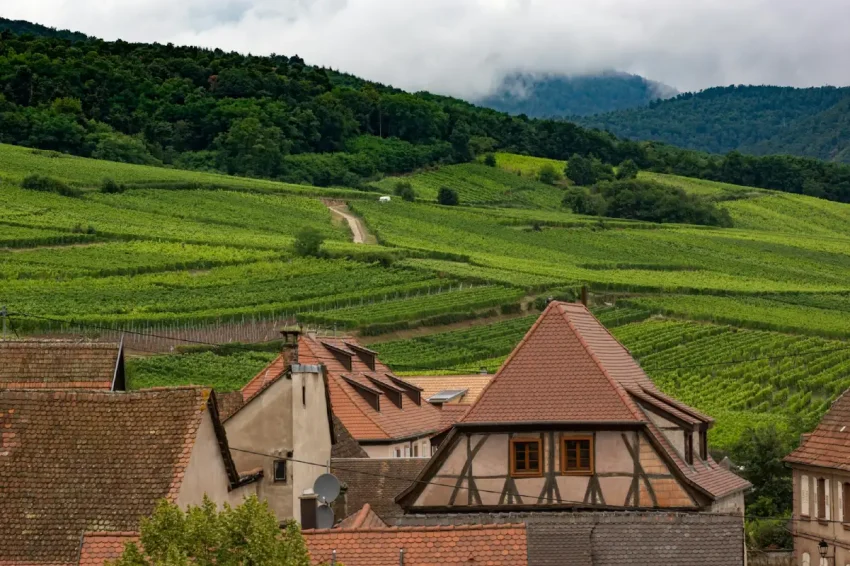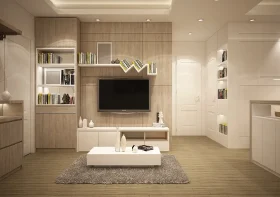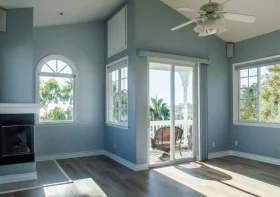Timeless Design Principles for a Classic Roof Look

A roof does more than protect what lies beneath—it defines the silhouette of a home, shapes first impressions, and speaks volumes about architectural intention. Homeowners aiming for a classic, enduring appearance often find themselves drawn to traditional roofing styles that balance functionality with elegance.
This pursuit of permanence isn’t about chasing trends but about adopting elements proven to stand the test of time. In roofing, subtle details such as color, texture, pitch, and material work together to create an aesthetic that doesn’t age out of fashion. Classic design invites continuity, and the roof is where that vision often begins.
Contents
Shingle Roofing: The Cornerstone of Traditional Appeal
Few roofing styles carry the same universal appeal as shingle roofing. Its presence spans across regions, climates, and architectural periods. Shingles provide a textured, dimensional look that complements a wide range of home styles—from Colonial to Craftsman to Cape Cod.
The visual effect is one of familiarity and dependability, a hallmark of classic design. Achieving a polished outcome with shingles involves more than choosing the right hue. Installation plays a significant role in how the final result looks and lasts.
That’s why working with experts like Reign Roofing can help homeowners match design goals with precise execution, aligning the aesthetic vision with structural integrity. When selecting shingles, homeowners often opt for neutral tones like charcoal, slate gray, and weathered wood.
These shades mimic the appearance of natural materials while offering the durability of modern composites. Architectural shingles, thicker and more layered than basic asphalt versions, contribute to a rich, shadowed finish that adds depth without visual clutter.
Choosing Rooflines That Never Go Out of Style
The profile of a roof can define the entire character of a home. Steeply pitched gables suggest formality and grandeur, often seen in Tudor or Gothic Revival homes. Low, sloped rooflines, common in ranch or bungalow designs, lean toward relaxed elegance. The key to a timeless appearance lies in proportion—rooflines should align with the scale and symmetry of the house itself.
Hip roofs, which slope down on all four sides, offer a classic geometry and perform well in terms of drainage and wind resistance. When paired with dormers, they add rhythm and charm without complicating the structure. Mansard roofs, though more ornate, evoke old-world sophistication and can create additional living space under their tiered slopes.
Rather than pushing for architectural novelty, classic rooflines focus on balance. The visual flow from peak to eave should feel deliberate, neither too steep nor too shallow. When well-executed, these lines blend naturally with the house’s elevation, creating an understated but powerful presence.
Material Matters: Relying on Proven Classics
Roofing materials tell a story of their own. Slate, clay tile, and wood shake have been used for centuries, not just for their performance but for the beauty they lend to a home’s exterior. Each material comes with its textural signature, and when selected thoughtfully, they can ground a home in tradition.
Slate roofs are renowned for their longevity and deep, earthy tones. They age gracefully, acquiring a patina that only increases their charm. Though heavier and costlier than asphalt, their durability often makes them a once-in-a-lifetime investment.
Clay tiles, particularly those in muted terracotta or earth tones, bring a Mediterranean feel. Their curved shapes and warm color palette add an inviting, sun-kissed quality to homes with stucco exteriors or arched doorways. Wood shakes, with their irregular shapes and soft grays, channel a rustic character ideal for cottages or mountain-style homes.
The timeless appeal of these materials lies in their natural origins and tactile appearance. They don’t shout for attention but rather support the overall harmony of a home’s exterior.
Color Selection: The Subtle Art of Timeless Tones
Color plays a crucial role in creating a roof that endures both weather and design cycles. Neutral, muted tones—like deep gray, aged copper, charcoal, or soft brown—anchor a roof in the realm of classic design. These colors echo natural elements and don’t compete with the home’s siding or surrounding environment.
Lighter shades, such as dove gray or sandy beige, can lend a breezy, coastal character. Darker hues evoke strength and tradition, often found on homes with stone or brick facades. The objective is not to dominate but to complement.
Uniformity helps maintain the appearance of order and cohesion. Mixing too many colors or opting for high-contrast patterns can quickly date a roof. Subtle variations in tone, on the other hand, mimic the organic inconsistencies found in nature and age more gracefully.
When choosing roof color, it helps to view samples at different times of day. Natural light changes dramatically from morning to evening, and what looks appealing under showroom lighting may not translate the same way once installed.
A classic roof isn’t just built—it’s curated through attention to shape, material, proportion, and detail. These principles don’t chase short-lived trends but seek enduring appeal, where every choice contributes to a cohesive whole. A roof, after all, isn’t just the end of a structure—it’s the beginning of a home’s character.



